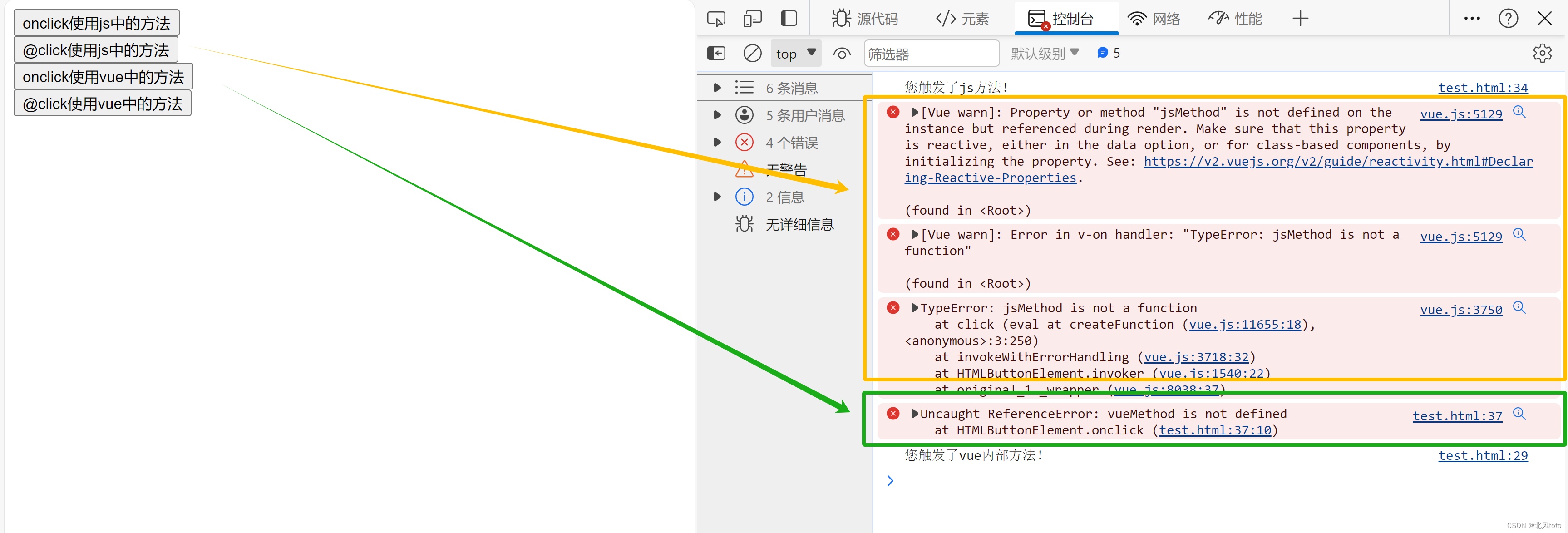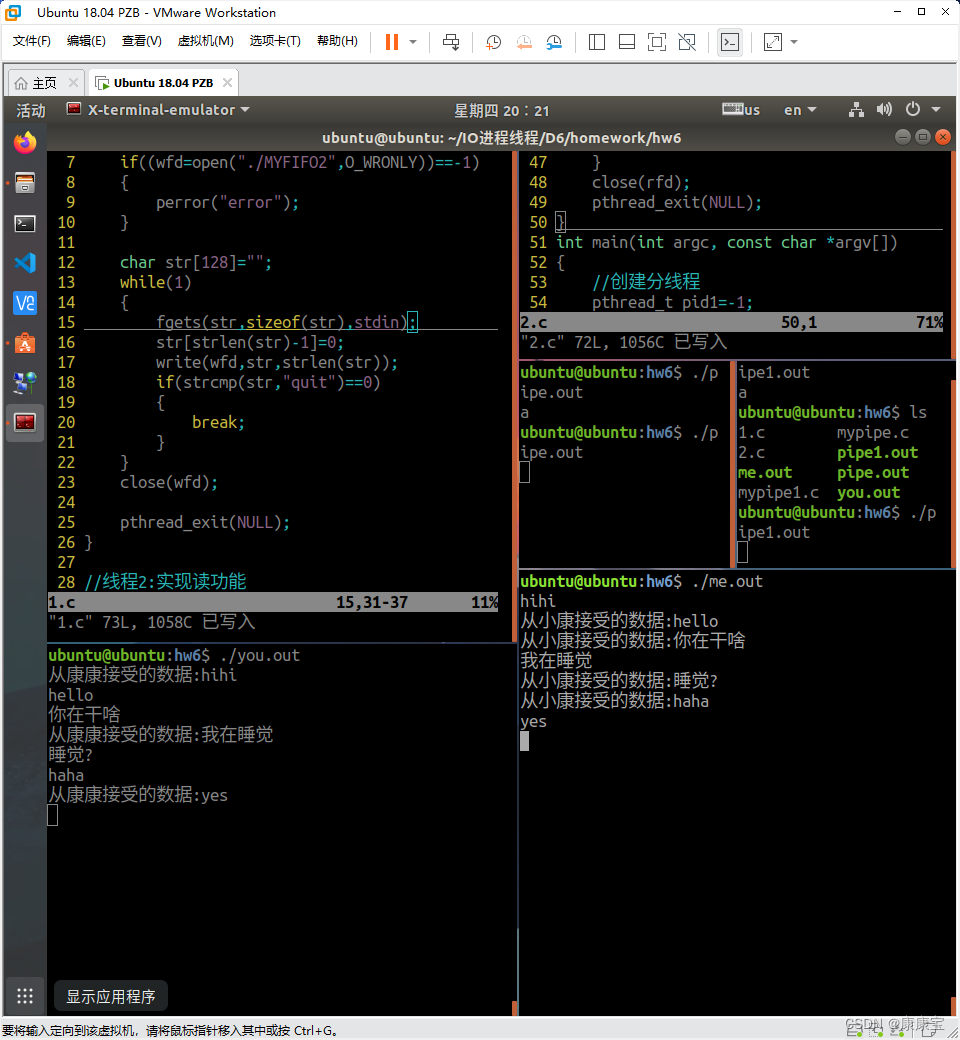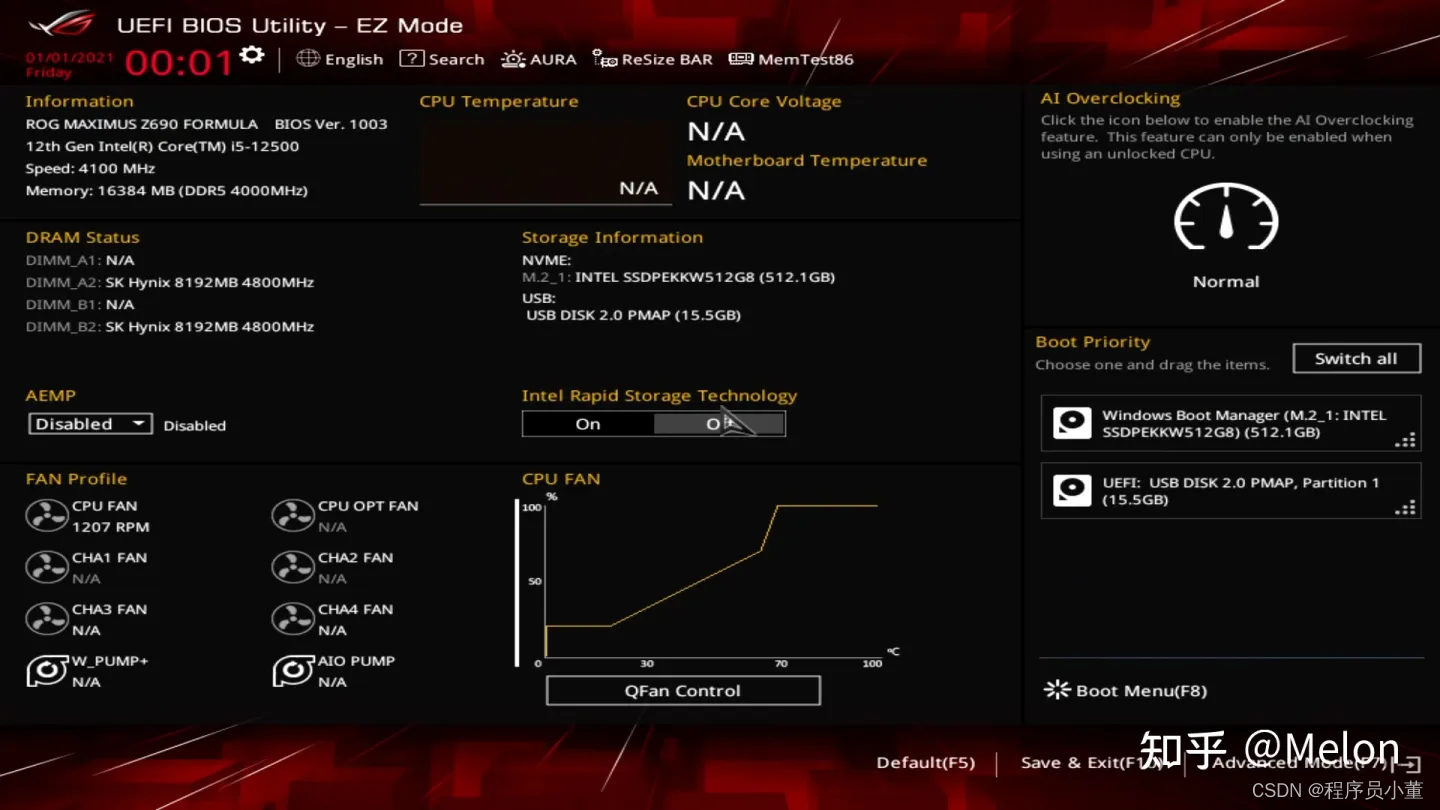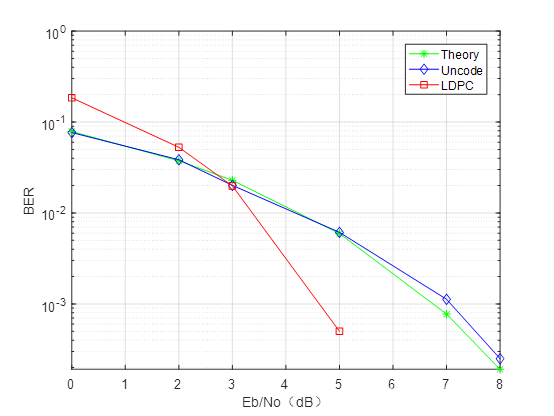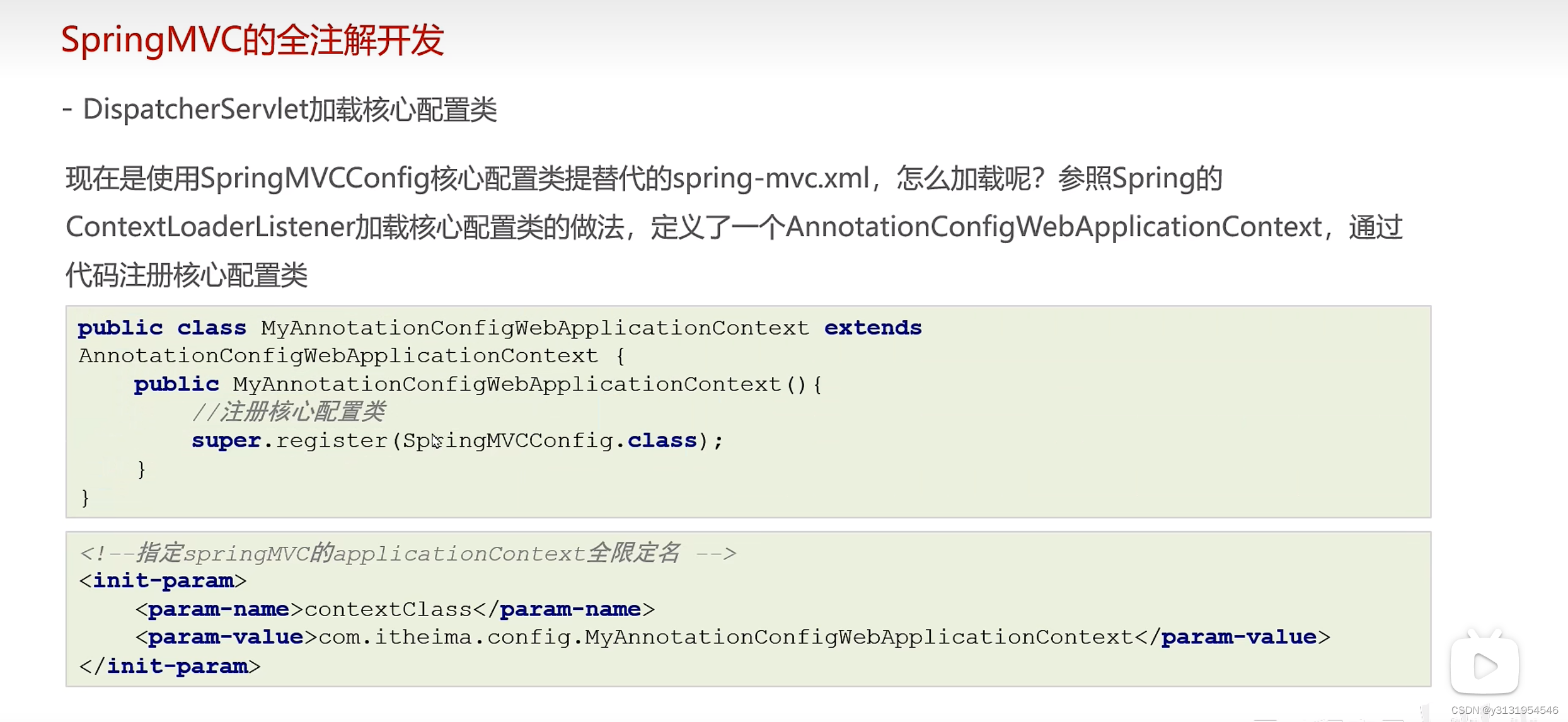学习重点:
1.函数接口
2.【ls-l】命令的实现
1【time】
1.1函数原型
【time_t time(time_t *tloc);】
1.2函数功能
返回1970-1-1到现在的秒数(格林威治时间)
1.3函数参数
1.3.1【tloc】
存放秒数空间首地址
存放的秒数:如果【tloc】非空,返回值也会存储在tloc指向的内存中;自【1970-01-01 00:00:00+0000(UTC)】时起到现在的秒数。
1.4返回值
【成功】:返回秒数
【失败】:返回-1
1.5源码示例

2【localtime】
2.1函数原型
【struct tm *localtime(const time_t *timep);】
2.2函数功能
将秒数转换为本地时间
2.3函数参数
2.3.1【timep】
存放秒数空间首地址
2.4返回值
【成功】:返回结构体时间
【失败】:返回NULL
包含时间信息的结构体(详见【man】手册【man localtime】):
struct tm {
int tm_sec; /* Seconds (0-60) */
int tm_min; /* Minutes (0-59) */
int tm_hour; /* Hours (0-23) */
int tm_mday; /* Day of the month (1-31) */
int tm_mon; /* Month (0-11) */
int tm_year; /* Year - 1900 */
int tm_wday; /* Day of the week (0-6, Sunday = 0) */
int tm_yday; /* Day in the year (0-365, 1 Jan = 0) */
int tm_isdst; /* Daylight saving time */
};
2.5源码示例

注意:
(1)【tm】结构体中的年份:是从【1990】年计算的,要得到正确年份,则应【+1990】。
(2)【tm】结构体中的月份:是从【0】开始计算的,要得到正确月份,则应【+1】。
3【mktime】
3.1函数原型
【time_t mktime(struct tm *tm);】
3.2函数功能
将本地时间转换为秒数
3.3函数参数
3.3.1【tm】
包含时间信息的结构体,用于输入本地时间。结构体说明(详见【man】手册:【man mktime】):
struct tm {int tm_sec; /* Seconds (0-60) */int tm_min; /* Minutes (0-59) */int tm_hour; /* Hours (0-23) */int tm_mday; /* Day of the month (1-31) */int tm_mon; /* Month (0-11) */int tm_year; /* Year - 1900 */int tm_wday; /* Day of the week (0-6, Sunday = 0) */int tm_yday; /* Day in the year (0-365, 1 Jan = 0) */int tm_isdst; /* Daylight saving time */
};
3.4返回值
【成功】:返回时间(time_t类型)
【失败】:返回-1(time_t类型)
3.5源码示例

4文件属性获取
【man 2 stat】
【man 7 inode】
4.1【stat】
4.1.1函数原型
【int stat(const char *pathname, struct stat *statbuf);】
4.1.2函数功能
将pathname对应的文件信息放入statbuf中
4.1.3函数参数
4.1.3.1【pathname】
文件路径字符串的首地址
4.1.3.2【statbuf】
存放文件信息空间的首地址
结构体说明(详见【man】手册,【man stat】):
struct stat {dev_t st_dev; /* ID of device containing file(文件所在设备的 ID) */ino_t st_ino; /* Inode number (文件对应 inode 节点编号)*/mode_t st_mode; /* File type and mode(文件对应的模式) */nlink_t st_nlink; /* Number of hard links(文件的链接数) */uid_t st_uid; /* User ID of owner(文件所有者的用户 ID) */gid_t st_gid; /* Group ID of owner(文件所有者的组 ID) */dev_t st_rdev; /* Device ID (if special file) 设备号(指针对设备文件)*/off_t st_size; /* Total size, in bytes */blksize_t st_blksize; /* Block size for filesystem I/O */blkcnt_t st_blocks; /* Number of 512B blocks allocated *//* Since Linux 2.6, the kernel supports nanosecondprecision for the following timestamp fields.For the details before Linux 2.6, see NOTES. */struct timespec st_atim; /* Time of last access */struct timespec st_mtim; /* Time of last modification */struct timespec st_ctim; /* Time of last status change */#define st_atime st_atim.tv_sec /* Backward compatibility */
#define st_mtime st_mtim.tv_sec
#define st_ctime st_ctim.tv_sec
};
【st_dev】:文件所在的设备。
【st_ino】:文件的【inode】号。
【st_mode】:文件的模式,如【文件类型】【文件权限】都记录在该变量中。
【st_nlink】:记录文件的【硬链接数】,即为该文件创建了多少个硬链接文件。
【st_uid】:文件所有者的用户ID。
【st_gid】:文件所有者的组ID。
【st_rdev】:该变量记录了设备号,设备号只针对于设备文件,包括字符设备文件和块设备文件。
【st_size】:该变量记录了文件的大小,以字节为单位。
【st_atim】:该变量记录了文件最后被访问的时间,是【struct timespec】类型变量。
【st_mtim】:该变量记录了文件内容最后被修改的时间,是【struct timespec】类型变量。
【st_ctim】:该变量记录了文件状态最后被改变的时间,是【struct timespec】类型变量。
4.1.4返回值
【成功】:返回0
【失败】:返回-1
4.1.5文件属性详解
既然【stat】函数是获取指定路径文件的属性,那么使用【stat】函数的关键在于要知道文件有那些属性。
4.1.5.1文件类型
4.2【getpwuid】
4.2.1函数原型
【struct passwd *getpwuid(uid_t uid);】
4.2.2函数功能
通过UID获得对应的用户信息
4.2.3函数参数
4.2.3.1【uid】
用户的ID号
4.2.4返回值
【成功】:返回包含用户信息的结构体
【失败】:返回NULL
结构体说明(详见【man】手册:【man getpwuid】):
struct passwd {char *pw_name; /* username */char *pw_passwd; /* user password */uid_t pw_uid; /* user ID */gid_t pw_gid; /* group ID */char *pw_gecos; /* user information */char *pw_dir; /* home directory */char *pw_shell; /* shell program */
};
4.3【getgrgid】
4.3.1函数原型
【struct group *getgrgid(gid_t gid);】
4.3.2函数功能
通过组ID获得组信息
4.3.3函数参数
4.3.3.1【gid】
组的ID号
4.3.4返回值
【成功】:返回包含组信息的结构体
【失败】:返回NULL
结构体说明(详见【man】手册:【man getgrgid】):
struct group {char *gr_name; /* group name */char *gr_passwd; /* group password */gid_t gr_gid; /* group ID */char **gr_mem; /* NULL-terminated array of pointers to names of group members */
};
4.4【readlink】
4.4.1函数原型
【ssize_t readlink(const char *pathname, char *buf, size_t bufsiz);】
4.4.2函数功能
读取连接文件本身的内容
4.4.3函数参数
4.4.3.1【pathname】
链接文件的路径
4.4.3.2【buf】
存放数据空间首地址
4.4.3.3【bufsiz】
最大存放数据字节数
4.4.4返回值
【成功】:返回读到字节个数
【失败】:返回-1
4.5链接属性
4.4.1软连接(符号链接)
通过文件名链接,所有能够看到的连接文件均为软连接文件
【ln -s file.txt a.txt】
4.4.2硬链接
通过文件对应的【inode】节点链接
【ln file.txt b.txt】
4.6写一个程序实现【ls-l】命令









